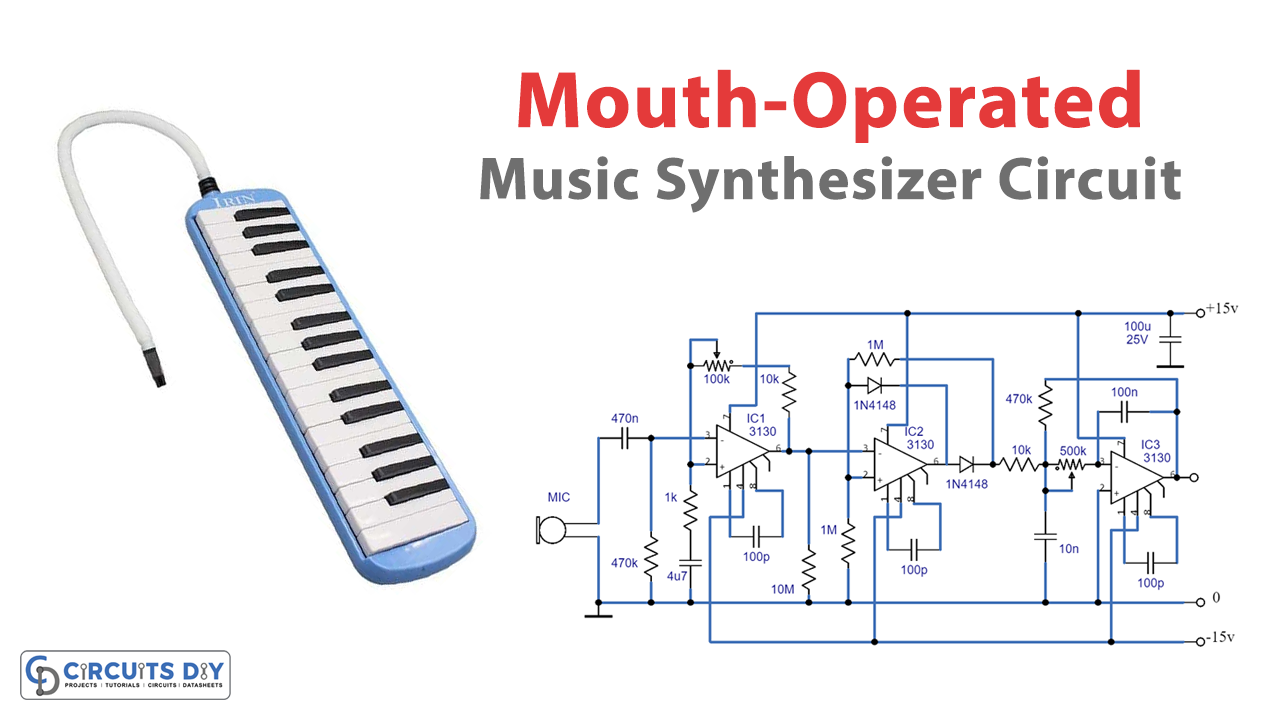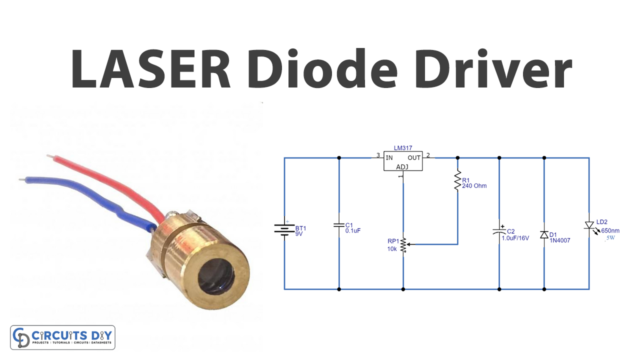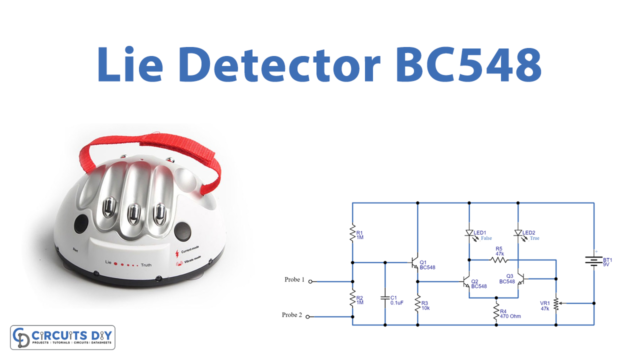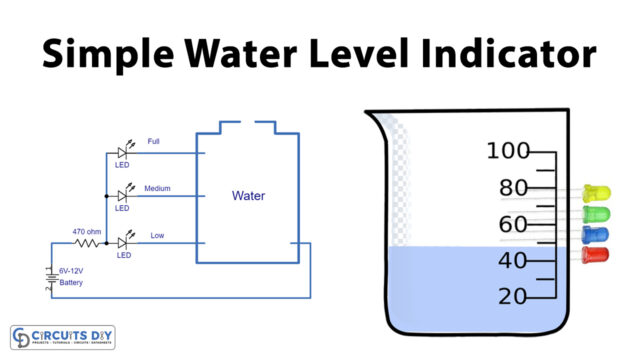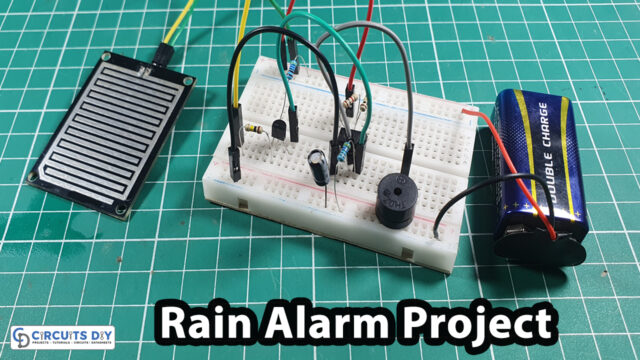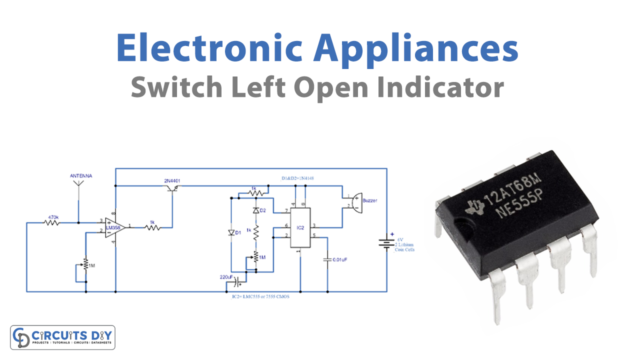Introduction
If you’ve ever blown into a microphone or a whistle, you might have noticed the musical quality of the sound you produce. The Mouth Operated Music Synthesizer Circuit is a simple and fun way to take advantage of this effect and create music using just your breath!
In this article, we’ll explain how the circuit works and how to build it yourself.
Hardware Required
| S.no | Components | Value | Qty |
|---|---|---|---|
| 1 | IC | CA3130 | 3 |
| 2 | Diode | 1N4148 | 2 |
| 3 | Resistor | 470k, 1k, 10k, 10M, 1M, | 2, 1, 2, 1, 2 |
| 4 | V. Resistor | 100k, 500k | 1, 1 |
| 5 | Polar Capacitor | 4u7, 100u | 1, 2 |
| 6 | Non Polar Capacitor | 470n, 100p, 10n, | 1, 3, 2 |
| 7 | MIC | – | 1 |
Circuit Diagram

How it Works
The mouth-operated music synthesizer circuit uses a simple keyboard to generate electronic music. However, instead of playing the keys with your fingers, you blow into a microphone attached to a tube. The air pressure and vibrations generated by your breath are then converted into musical effects that can be amplified and processed.
Circuit Description
The circuit is housed in a closed box and includes an inexpensive microphone, two integrated circuits, and several other components. When you blow into the tube, the microphone picks up the noise and amplifies it. You can adjust the gain of the microphone using a potentiometer and correct any distortion using another set of components.
An active low-pass filter is used to remove any unwanted noise from the output. The circuit designers chose a compromise between input sensitivity and output ripple to keep the circuit as simple as possible. You can calibrate the circuit by adjusting two potentiometers if you have an oscilloscope with a slow sweep. This will ensure that the output voltage is not too high when you blow hard into the tube and that the output signal is relatively distortion-free.
Conclusion
The Mouth Operated Music Synthesizer Circuit is a fun and easy way to create music using just your breath. With a simple keyboard and a few electronic components, you can build your own music synthesizer and experiment with different sounds and tones. You might even discover a new form of musical expression!

